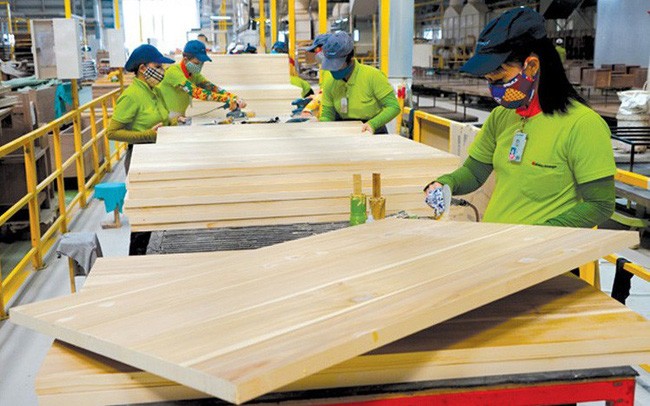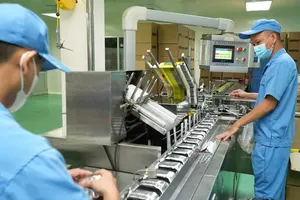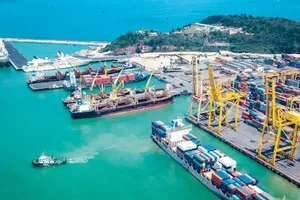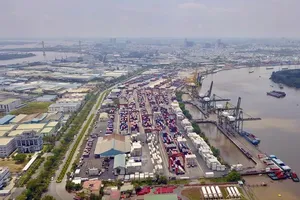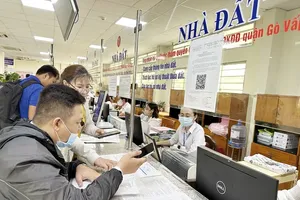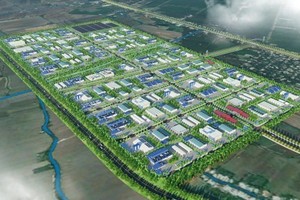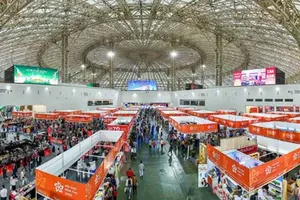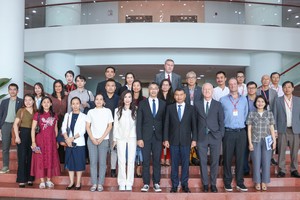President Donald Trump signed an executive order imposing a minimum and additional tariff on 180 importing markets, with Vietnam facing a 46 percent tariff, one of the highest rates, in the early hours of April 3 (Vietnam time).
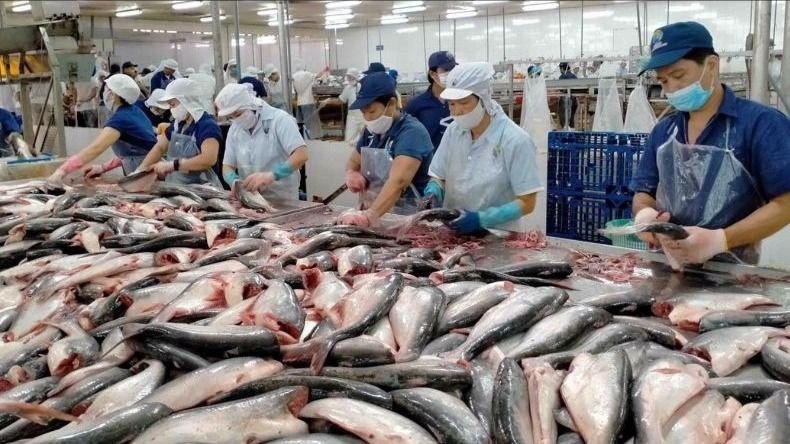
Impact of the new tariff on Vietnam’s exports
According to the Ministry of Agriculture and Environment, Vietnam’s agricultural, forestry, and fishery exports are projected to reach $62.5 billion in 2024.
The US and China remain the two largest markets, accounting for 21.7 percent and 21.6 percent of total exports, respectively. The US is a key market for several major products, particularly wood and wood products with exports worth $16.2 billion, 55.5 percent of which went to the US. Seafood exports to the US also totaled $1.83 billion, representing 18.5 percent of Vietnam’s total seafood exports.
With a 46-percent tariff, Vietnamese products may face severe competitiveness challenges, as their prices will be significantly higher compared to goods from countries not subject to this tax.
Businesses should stay vigilant but adapt proactively
Mr. Dang Phuc Nguyen, General Secretary of the Vietnam Fruit and Vegetable Association (VINAFRUIT), emphasized that the 46-percent tariff would not apply across all Vietnamese exports.
He noted that the US is likely to impose higher tariffs on products with a significant trade surplus or those suspected of containing raw materials from third countries, such as electronics, steel, aluminum, renewable energy, textiles, and footwear. In the agricultural and seafood sectors, items that compete directly with US domestic products—like pangasius fish—could face steeper duties.
However, Mr. Dang Phuc Nguyen stressed that businesses should proactively adjust by optimizing production and reducing logistics costs to remain competitive.
“The fruit and vegetable trade balance currently favors the US, with Vietnam exporting $540 million and importing $360 million. Given this, the likelihood of heavy tariffs on these products remains low,” he added.
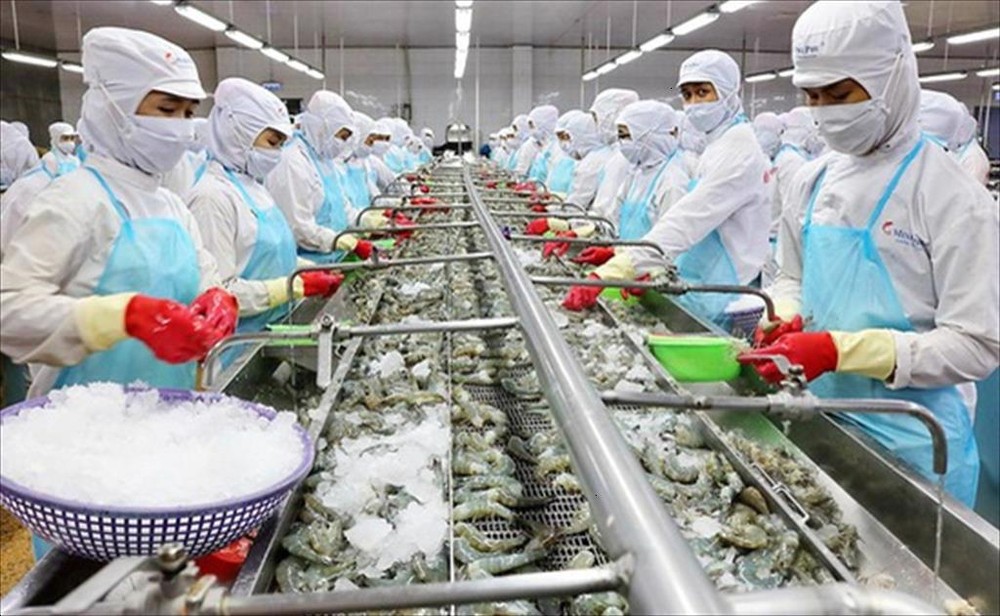
The urgency of direct negotiations with the US
Mr. Nguyen Dinh Tung, Chairman and CEO of Vina T&T Group, sees the US tariff hike as a strategy to push Vietnam into bilateral trade negotiations rather than allowing it to continue leveraging free trade agreements.
“Trump isn’t trying to wipe out Vietnamese exports—he wants countries to buy more American goods. If tariffs rise, businesses may have to sacrifice profit margins to retain market share,” Mr. Nguyen Dinh Tung explained.
With $62 million in revenue from the US, accounting for half of its total exports, Vina T&T is preparing to cut costs and diversify its markets. Mr. Nguyen Dinh Tung stressed that Vietnam must engage with the US to clarify which products are driving the trade surplus and chart a reasonable course in negotiations.
Coffee and seafood industries face significant impact, urged to diversify
The coffee industry is also feeling the strain. Mr. Do Ha Nam, Chairman of Intimex and Vice Chairman of the Vietnam Coffee-Cocoa Association, expressed his concerns, stating, “This situation is incomprehensible. A 46 percent tariff is excessively high and completely unexpected for businesses.”
Intimex, which exports $1.4 billion in agricultural products annually, sends around $100 million worth of coffee to the US. If this tariff remains, businesses will struggle to bear the costs. Mr. Do Ha Nam emphasized the urgency of direct negotiations with the US and stressed the need for Vietnam to diversify its markets by making full use of trade agreements with the EU, Japan, and other countries.
Similarly, the seafood sector is facing confusion and uncertainty. Mr. Nguyen Hoai Nam, Secretary-General of the Vietnam Association of Seafood Exporters and Producers (VASEP), highlighted that Vietnam exports between $1.5 billion and $2.1 billion worth of seafood to the US annually, with shrimp and pangasius being the primary products. A sharp increase in tariffs would significantly impact the industry, and many businesses could lose their US market if no immediate solutions are found. VASEP is set to propose measures to the Government to support the industry through this challenging period.
Government must plan long-term strategy to ensure continued growth
In light of recent developments, Mr. Phung Duc Tien, Deputy Minister of Agriculture and Environment, confirmed that the sector aims for a 4 percent growth rate by 2025, with export revenue reaching between $64 billion and $70 billion. To meet these goals, the agricultural sector must implement flexible solutions, from regulating supply and demand to enhancing product value, ensuring disease control and environmental protection, and maintaining high standards of product quality.
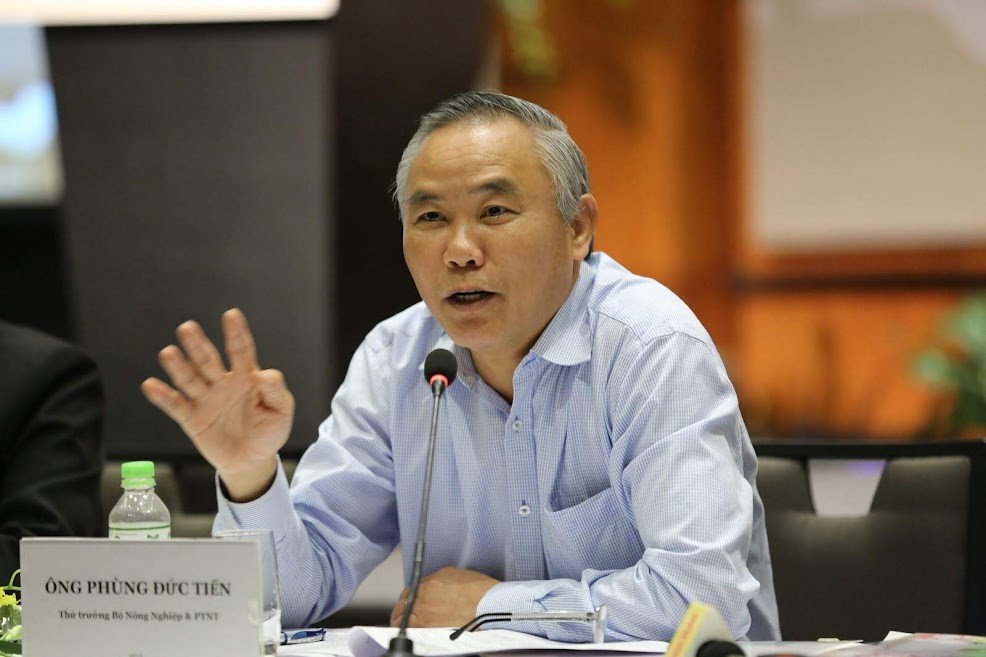
Deputy Minister Phung Duc Tien stressed that Vietnam cannot rely on a single market and must diversify its export markets, focusing on Europe, the Middle East, India, and Africa. Building a sustainable supply chain and reducing dependency on imported raw materials are also critical to mitigating risks posed by US trade policies.
Economic experts argue that while the 46 percent tariff imposed by the US on Vietnamese goods may cause significant disruption, it does not spell the end for Vietnam's export activities. Instead of panicking, businesses need to adapt their strategies by cutting costs, exploring new markets, and increasing product value to maintain their competitive edge. At the same time, the Government needs to quickly engage in negotiations with the US to minimize negative impacts and maximize the benefits of other trade agreements to further diversify export markets.
